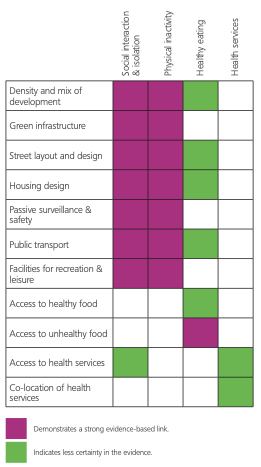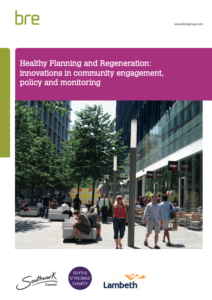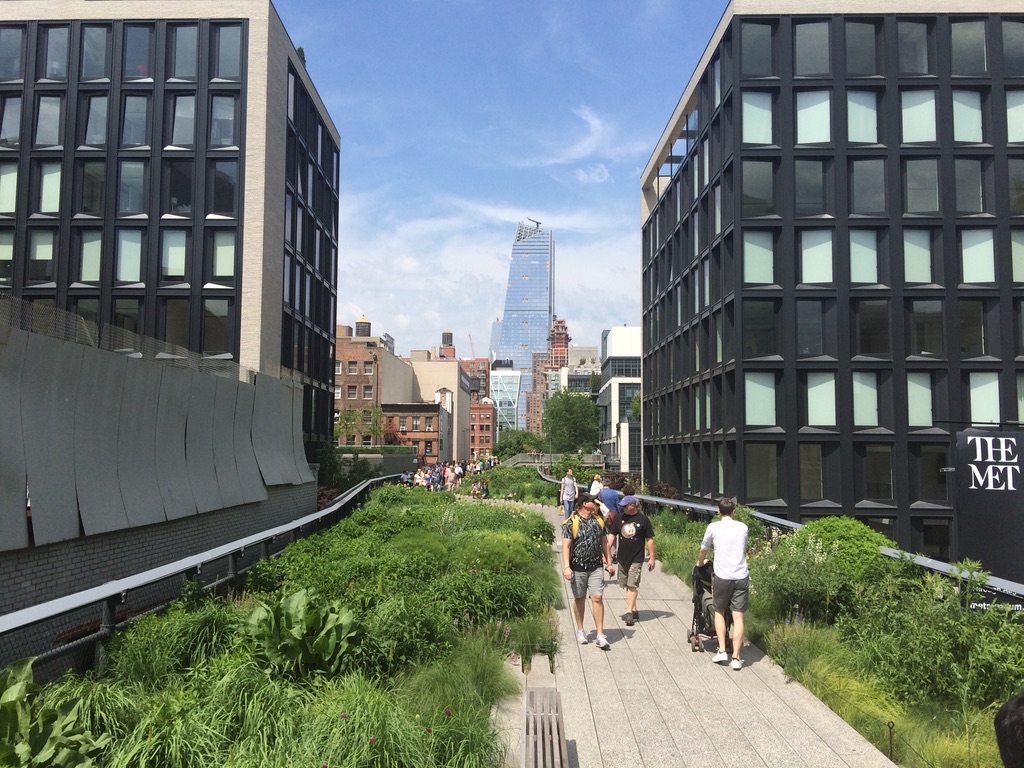This report is a summary of best practice related to planning, regeneration, and community engagement about health and place.
The report includes:
- a summary of (evidence-based) health impacts from urban environments (focused on healthy eating, physical activity, social interaction and access to health services);
- a quick reference guide to built environment health impacts and related planning policy responses;
- an overview of the health impacts of regeneration projects;
- examples of innovative ways to involve communities in healthy planning; the role of urban health indicators in monitoring policy impact;
- and further guidance.
This report was the output of a healthy planning project with Southwark and Lambeth Councils in London. The local authority planning and public health departments had several key focus areas that responded to local priorities:
- social isolation
- physical (in)activity
- healthy eating
- integrated health services
The table below shows the built environment topics that were explored in the project, and the strength of evidence for each of the councils’ priority areas.


Pineo, H., 2017. Healthy Planning and Regeneration: innovations in community engagement, policy and monitoring. Building Research Establishment (BRE), Watford, UK. doi: 10.13140/RG.2.2.22459.11048
Funding for this report was provided by Guy’s and St Thomas’s Charity and the BRE Trust.

